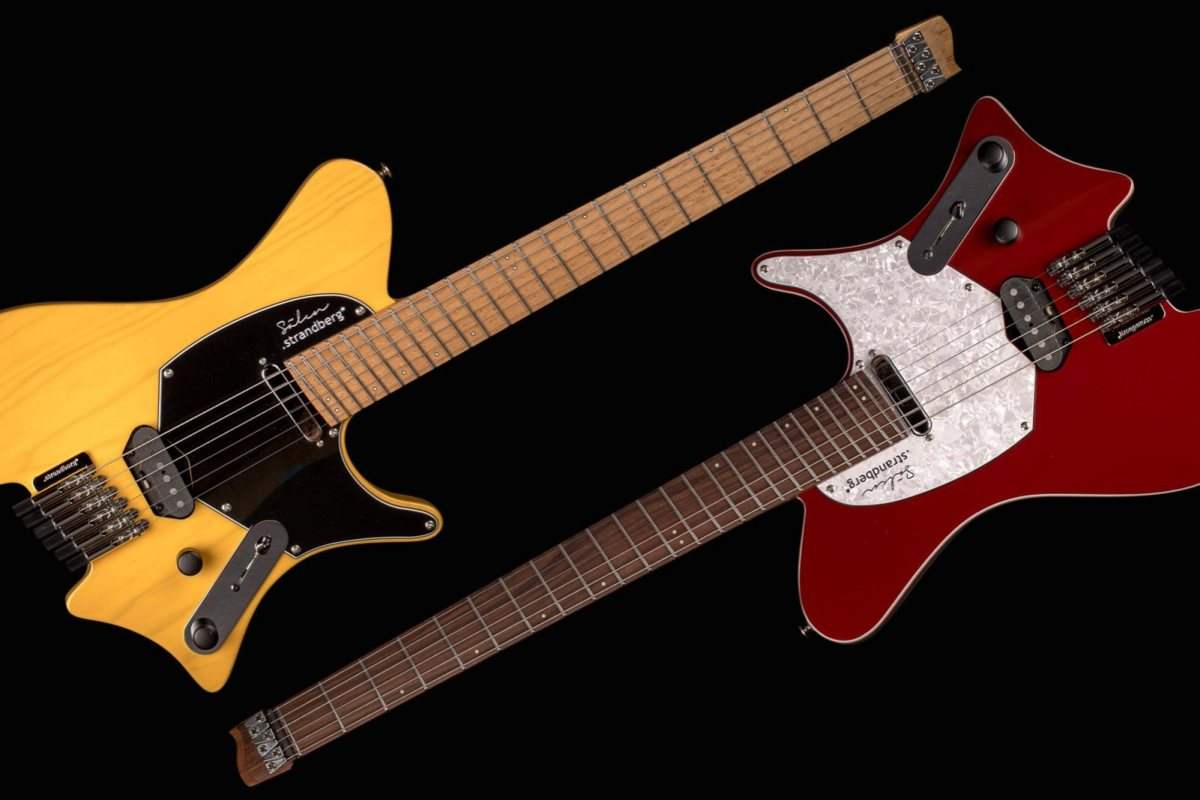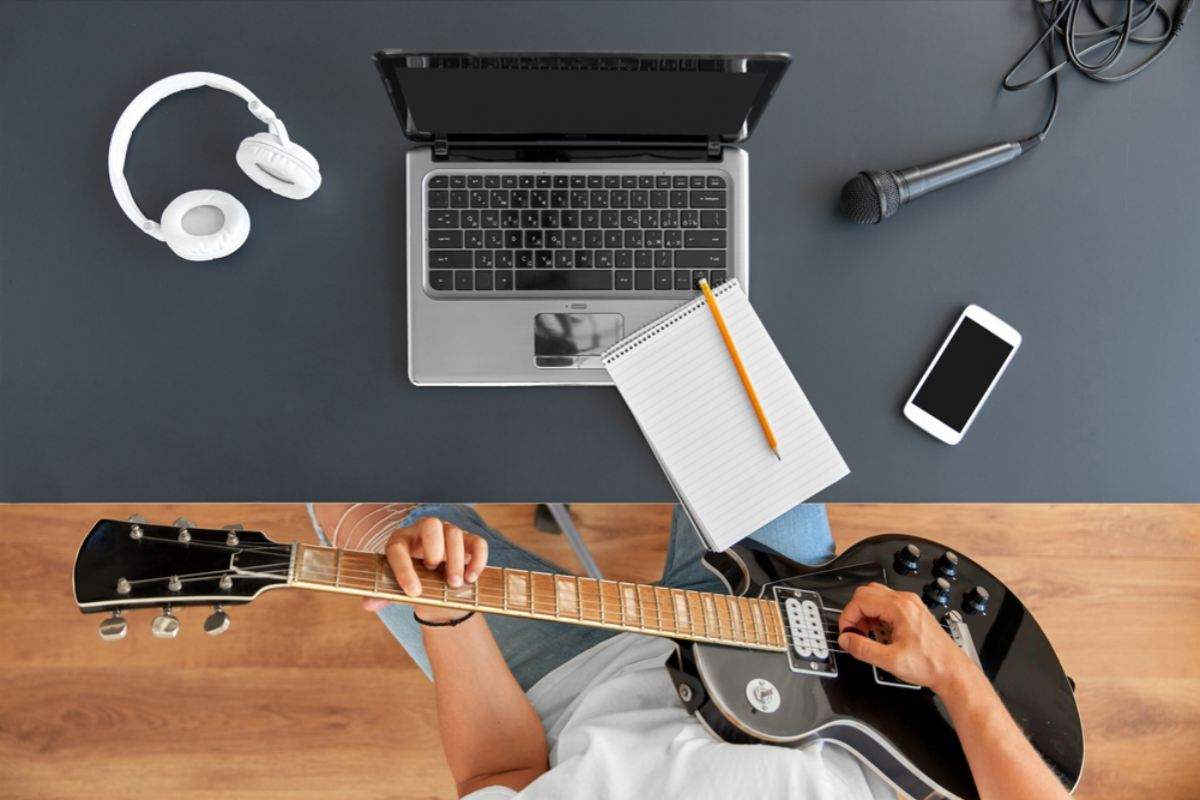If you’re interested in repairing or upgrading your guitar, or even building one, then one of the skills that you’ll need to master is soldering. So, I’ve decided to get you up to speed by answering all the questions I am commonly asked on the subject, such as what solder you should use, what tools I will need, how I choose the perfect soldering iron, as well as my tips on the best way to solder guitar wiring.
Let’s start with the basics…
What is Soldering?
Soldering is a process that joins wire (or lightweight metal components) to form a solid connection in low-voltage electrical circuits. The tools needed are either a soldering iron (also called a soldering pen or soldering pencil) or a soldering gun. When the tip of the iron or gun is gently pressed against solder that is positioned where a connection needs to be made, the solder melts to create the electronic connection required.
Should I use a Soldering Iron or a Solder Gun for Guitar Electronics?
A soldering iron (pen or pencil) is a straight-shafted hand-held tool with an interchangeable tip. It is small in size and can be moved in the same way as you would use a pen or pencil, leading to its many names.
A solder gun is larger in size and features a pistol-style grip. Its size makes it harder to manipulate, especially in smaller, confined spaces, such as the cavities of guitars, it is therefore not suitable for guitar wiring. Plus, soldering guns usually have more power than soldering irons, making them too powerful for most guitar wiring work.
Which solder is best for guitar wiring?
The best solder for wiring a guitar is a standard 60/40 rosin-core in smaller diameters of between 0.032" and 0.062".
The 60/40 indicates the ratio of tin to lead, while the rosin core (or flux) improves the solder's ability to bond to metals.
What is the Best Soldering Iron for Guitars?
It’s always best to buy a quality soldering iron as opposed to some of the mega-cheap ones you can find on Amazon. A quality soldering pen from a company such as Weller will not only be easier to use and more reliable in terms of temperature but will also last a lot longer than the cheaper options. Three excellent soldering irons for wiring guitars are the Weller SP25NKUS, the Weller SP23LK, or if you need more power for other soldering jobs, get the Weller WLSK8012A which is adjustable from 20 watts to 80 watts.
You also need to consider the wattage. 60/40 rosin-core solder melts at 374 degrees Fahrenheit (188 °C), therefore, you will need either a 25 watt or 30 watt soldering iron that operates at a minimum temperature of 400 degrees Fahrenheit, but no more than 750 degrees Fahrenheit.
You’ll also need to make sure that your soldering pen has a suitable tip, in my experience a small chisel-shaped tip is the best option for wiring guitar control panels, pickups, and jack plates. If the soldering iron doesn’t come with this type of tip, it is easy and very affordable to buy one separately and fit it yourself.
What other Tools will I need to Solder Guitar Electronics?
Helping Hands
A small tool with multiple movable arms with crocodile clips at the ends that is used to precisely position wire before soldering. Some even come with a magnifying glass for detailed work. If you haven’t used one, buy one today, it will lower your frustration levels to zero!
Wire Stripping Tool with A Crimper and Wire Cutter
Go for one that is designed for use with 10-22 AWG size wire.
Multimeter
Used for measuring the output of pickups, testing pots, and lots more. But make sure that the screen is easy to read, some cheaper options are very difficult to use.
Safety Goggles
Magnification Visor - always useful if you are doing any precision soldering, especially in a confusing tangle of wires.
Heat Gun and Shrink Tubing
Great for making sure that your wire connections do not make contact with any other wires or shielding.
What temperature is best for soldering guitar electronics?
As already mentioned, the best solder for wiring guitars, 60/40 rosin-core, has a melting point of 188 degrees Celcius or 374 degrees Fahrenheit. Therefore, you will need a soldering iron with a minimum temperature of 200 degrees Celcius (approximately 400 degrees Fahrenheit). Most popular soldering irons are either 25 or 30 watts and operate within this range, going up to around 400 degrees Celcius (750 degrees Fahrenheit).
What is the best way to remove solder from guitar electronics?
The best way to remove solder if you have a messy joint or a dry joint is by using a solder sucker (de-soldering vacuum pump). This hand-operated tool sucks any melted solder you place in front of it.
However, if you don’t have a solder sucker at hand, you can remove small amounts of excess solder by melting it with your soldering iron, then placing a bare wire over it and then near instantly removing the wire, in essence tinning the wire with the solder you want to remove. But be careful with overuse of this method, constantly heating a component while you are removing the solder can cause it to not function properly.
What is the best way to learn how to solder a guitar?
Regardless of whether you are soldering guitar switches, pickups, pots, control plates, capacitors, jack plates, or whatever, practice makes perfect. The best way to learn to solder without doing any possible damage to your prized guitar is by getting hold of some old parts and scraps of wire and practicing soldering, desoldering, and also fully removing solder.
It’s also well worth checking out a few YouTube videos for step-by-step guides and hints and tips on soldering guitars. Here is one great example covering How to Get a Clean Solder Joint from the Stewmac channel.
And to finish, here are my…
Top Pro Soldering Tips
Always strip away the least amount of wire possible, bare wire can cause issues, so keep it to a minimum.
Make sure that all the strands of wire are kept together and soldered. A single thin strand of wire that touches another component can cause a short circuit or grounding issues.
Check out a few YouTube videos on the best way to clean and take care of your soldering iron. Quality tools that are well-maintained result in quality work.
Don’t forget to protect the finish on your guitar and the top of whatever surface you are working on. The best option for this is some thick rags or old towels, but make sure they cover anywhere solder could fall.
As well as protecting your guitar and worksurface, protect yourself, always wear safety glasses, and take care that the tip of your soldering iron only touches where you are soldering. If you’re not soldering, your soldering pen should be safely placed back in its stand.
Wrapping it Up!
We’ve come to the end of my brief look at the art of soldering, and hopefully, it seems a lot easier to accomplish now. Soldering well isn’t difficult, it’s just a case of practice, and as mentioned, the best way to learn the art is by practicing on some old components until you are happy with the results.
If you like this article, please share it!
Be sure to join our FB Group Guyker Guitar Parts VIP Group to share your ideas! You can also have connections with like-minded guitar players, Guyker updates as well as discounts information from our FB Group.





